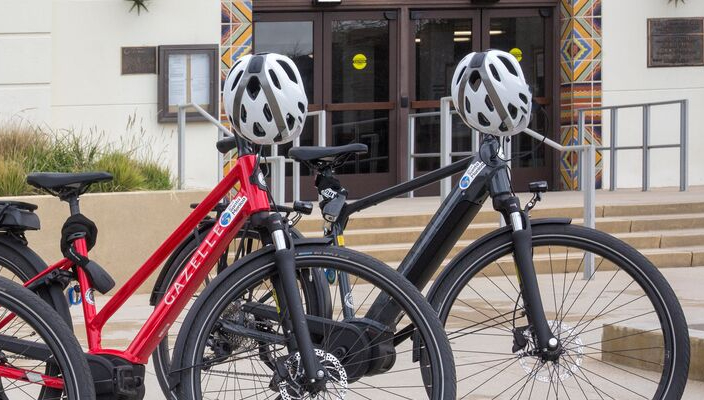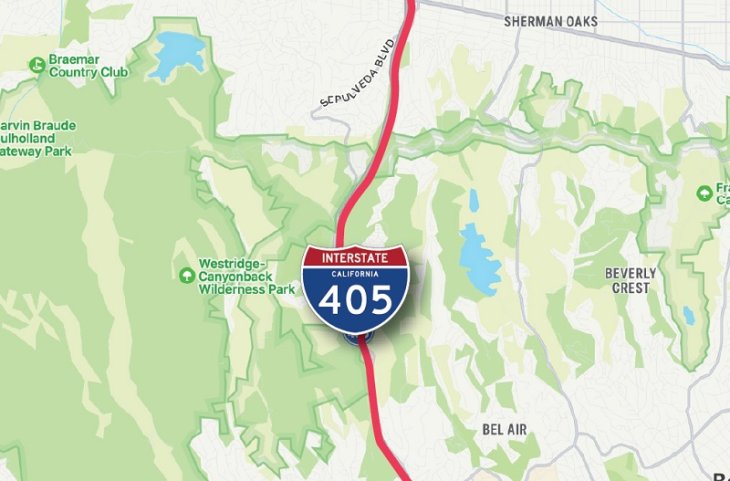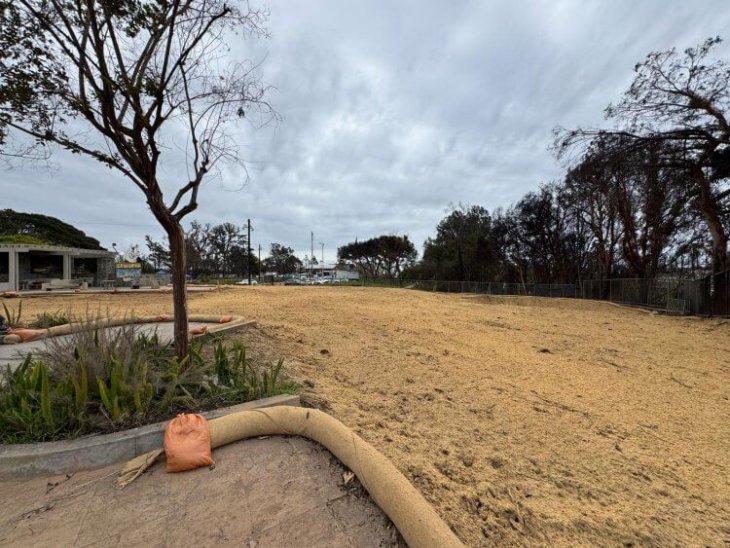UCLA and USC release joint report on impact of COVID-19 pandemic on renters
By Staff Writer
Over 22 percent of Los Angeles County tenants paid rent late at least once from April to July, while between May and July, about 7 percent did not pay any rent at least once, according to a recent study.
A joint UCLA–USC report released August 31 reports among households in the county that did not pay rent, either in full or partially, about 98,000 tenants have been threatened with an eviction, while an additional 40,000 report that their landlord has already begun eviction proceedings against them.
The report analyzed data from the U.S. Census, as well as data from an original survey conducted in July 2020 of 1,000 Los Angeles County renter households. The survey, in particular, gave the researchers new insights into the circumstances facing renters.
“I think everyone understood, early on, that renters might be in trouble as a result of COVID-19 and its economic fallout, but conventional sources of data don’t give us a good window into whether renters are paying or not, and into how they are paying if they do pay,” said lead author Michael Manville, an associate professor of urban planning at UCLA. “We were able, by using data from a special census survey, and especially our own original survey of renters, to get a direct sense of these questions.”
The study found that tenants have been facing unprecedented hardships during the COVID-19 crisis, substantially more so than homeowners. Overall, the study also found that most tenants are still paying their rent during the pandemic but are often doing so by relying on unconventional funding sources. The majority who pay late or not at all have either lost their work, gotten sick with COVID-19 or both, according to the study.
Among the findings, about 16% of tenants report paying rent late each month from April through July, About 10% did not pay rent in full for at least one month between May and July and About 2% of renters are three full months behind on rent. This translates to almost 40,000 households in a deep financial hole.
Late payment and nonpayment are strongly associated with very low incomes (households earning less than $25,000 annually) and being Black or Hispanic, the study noted.
“Even before the pandemic, L.A. renters, especially low-income renters, were struggling,” said Michael Lens, associate faculty director of the UCLA Lewis Center. “Nonpayment occurs disproportionately among the lowest-income renter households, so repaying back rent could be a tremendous burden for them.”
The study also found that renters were suffering disproportionately from anxiety, depression and food scarcity, and they are relying much more than in the past on credit cards, family and friends, and payday loans to cover their expenses. One-third of households with problems paying rent relied on credit card debt and about 40 percent used emergency payday loans.
The prevalence of these nonconventional forms of payment, along with the incidence of job loss among tenants, suggests the importance of direct income assistance to renter households.
Tenants collecting unemployment insurance were 39% less likely to miss rent payments. Just 5% of households that hadn’t lost a job or fallen sick reported not paying the rent.
Co-author Green, director of the USC Lusk Center for Real Estate, said that although data show that most renters have been paying their rent, government policies can help strengthen the ability to do so.
“One of the main concerns among landlords at the beginning of the pandemic was that tenants weren’t going to pay their rent if they knew they weren’t going to be evicted,” Green said. “Not only have we not seen any evidence of this, but getting money in renters’ hands through unemployment insurance or rental assistance helps a lot.”

























